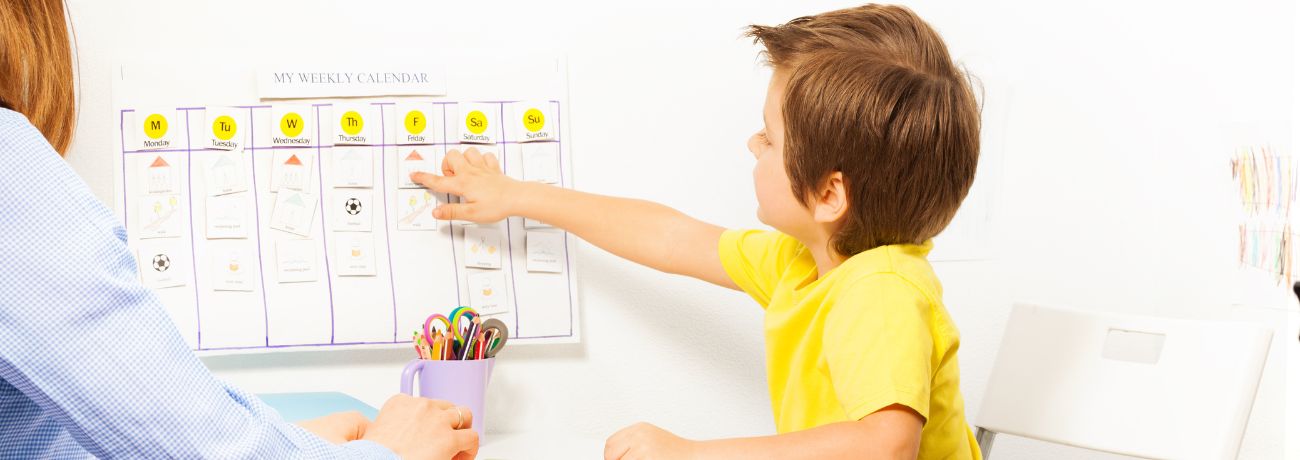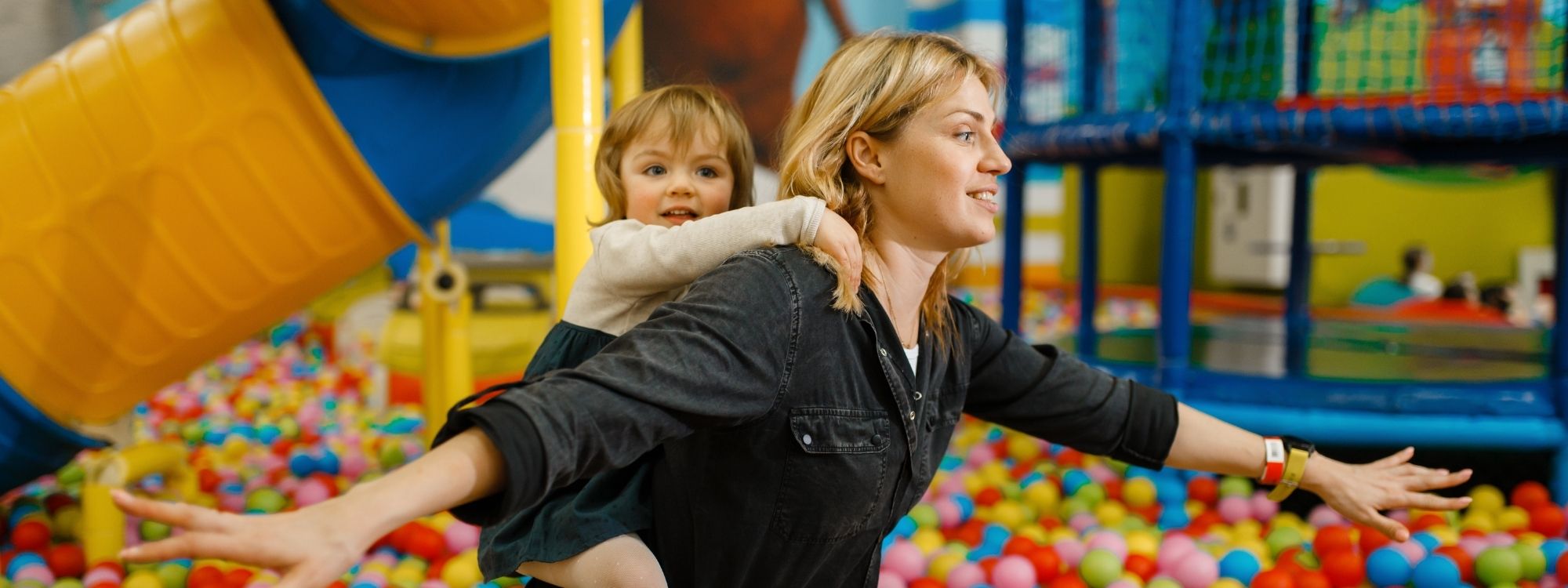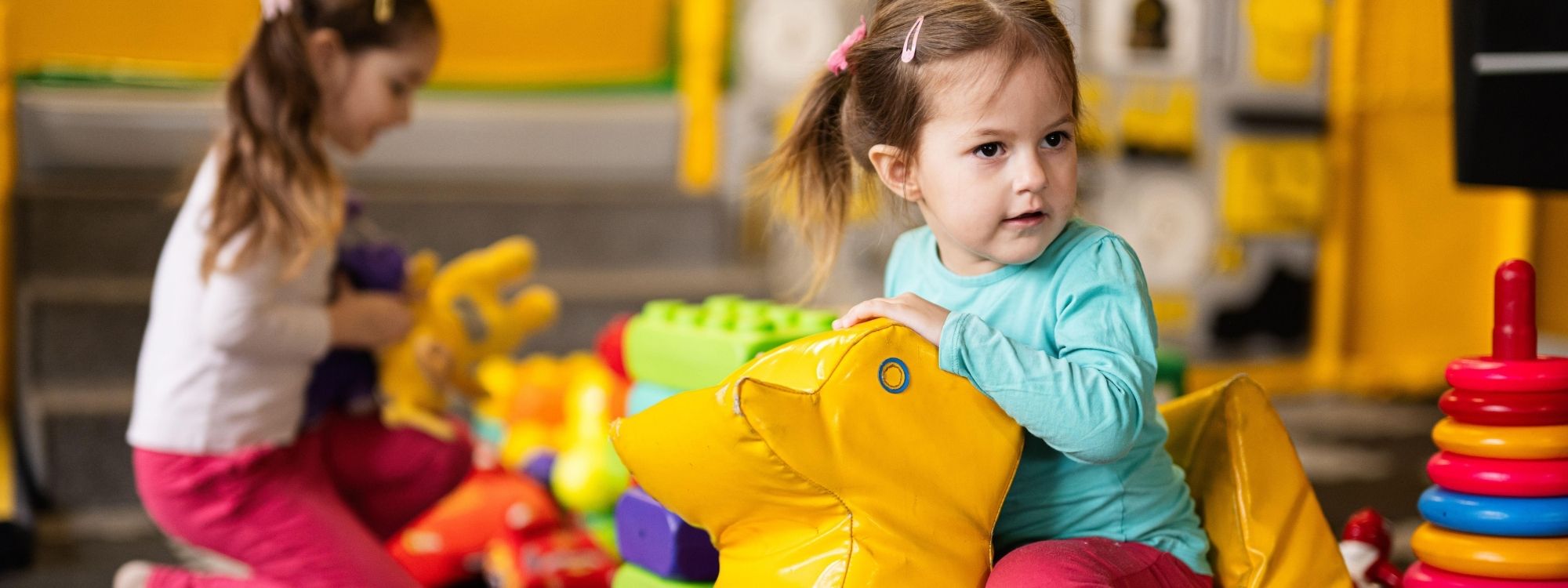Defined: What Is Attending In ABA?
In Applied Behavior Analysis (ABA), we define ‘attending’ as paying attention to tasks, interactions, and the environment. For children with autism, in particular, this skill is extremely important as it’s one of the bases of learning, communication and social interaction. If children don’t posses this skill, it can be hard for them to work with other people or to take in new information.
At Champions ABA, we understand how crucial attending skills are in helping children reach their full potential. In this blog, we’ll break down what attending means, why it matters in ABA therapy, and how we work to cultivate these skills in children with autism.
What Does “Attending” Mean in ABA?
Attending in ABA therapy refers to the ability to focus on a task, person, or situation with intention.It includes a variety of behaviors, including making eye contact, listening to instructions, and participating in joint attention – foundational skills in which children are able to connect to the world and with others.
For children with autism, attending can be a huge roadblock, and often it takes targeted intervention to build their skills. ABA therapy involves structured techniques to teach attending which helps improve communication, learning and social interactions in general. Mastering attending allows children to make sense of their world and is a prerequisite to making sense out of their relationships.
Key Components of Attending Skills
Eye Contact
Eye contact is a fundamental aspect of attending skills. It allows children to understand social cues, create connections and to show involvement in interactions. Early on in ABA therapy, fostering appropriate eye contact is a major focus. Positive reinforcement and modeling are used by therapists to help promote eye contact that is natural and real and which is comfortable for the child.
Joint Attention
Joint attention refers to the ability to share focus on an object or event with another person, a vital skill for effective communication. For instance, a parent pointing to a toy and the child following that point is an example of joint attention. Activities that ABA therapy includes, such as turn-taking games and pointing exercises, make the skill easier for children to engage in and interact and engage with peers and caregivers.
By keeping a child’s attention on the activities at hand, ABA therapy can help ensure that soon they will be flourishing in classrooms, playdates and more.
Teaching Attending Skills in ABA Therapy
The process of developing the attending skills in children with autism is a tedious, consistent, and evidence based process. This is where ABA therapy is excellent. Therapy plans are custom made to match the needs of each child.
- Positive Reinforcement: Therapists use rewards to encourage repetition or progress of behaviors they want to encourage such as eye contact or focusing on a task.
- Prompting and Gradual Fading: Verbal cues or gestures are used as prompts (guides) to towards attending behaviors. These prompts are slowly taken away over time once the child learns how to focus on their own.
- Structured Sessions and Play-Based Activities: Structure and creativity go hand in hand in therapy sessions which allow children to enjoy what they are doing but, at the same time, naturally build their attending skills through doing a puzzle, a story, or other interactive games.
These methods teach children how to attend in ways that are both achievable and empowering, providing a great base for a lifetime of learning.
The Benefits of Developing Attending Skills
When children get better at attending, the results are mind blowing. Learning and acquiring these skills open the doors to be better communicators, learners, and social partners.
- Enhanced Communication: Eye contact and joint attention are attending skills that help children connect with others, and express their needs.
- Improved Task Engagement: Attending skills allow children to focus, follow instructions and participate in group activities, including completing tasks.
- Real-World Applications: The benefits of having a strong attending extend from interacting with teachers in the classroom, to successful play dates with friends.
We celebrate every milestone of a child’s journey at Champions ABA because we understand that every incremental improvement in attending skills results in greater independence and confidence.
Challenges in Building Attending Skills and How ABA Helps
Attending skills are very difficult for most children with autism to develop. Some difficulties include sensory sensitivities or troubles with joint attention, as well as not wanting to keep eye contact. But these challenges are not insurmountable.
ABA therapy addresses these obstacles through individualized strategies:
- Custom Plans: There is a therapy plan for each child, focused on his or her strengths and individual challenges.
- Compassionate Support: Therapists work at the child’s pace, allowing an opportunity to learn in a safe and encouraging environment.
- Evidence-Based Methods: Therapists shape behaviors and build attending skills using proven ABA techniques which can be generalized to daily life.
Champions ABA takes pride in partnering with families to overcome these challenges. Together, we help children develop the attending skills they need to succeed and thrive.
Conclusion: What Is Attending In ABA?
Attending skills are a cornerstone of growth and development for children with autism. These skills—like making eye contact, engaging in joint attention, and focusing on tasks—are essential for building meaningful connections, improving communication, and unlocking a child’s potential in learning and social interactions.
At Champions ABA, we specialize in teaching and strengthening attending skills through personalized, evidence-based in-home aba therapy. Our compassionate team works hand-in-hand with families to create a supportive environment where children can thrive.
If you’re ready to help your child develop these important skills, and reach their full potential contact Champions ABA today. We can make meaningful progress, milestone by milestone, together.



